Rhabdomyosarcoma Therapy
All information given here is only of a general nature, tumor therapy always belongs in the hands of an experienced oncologist!
How is rhabdomyosarcoma treated?
The therapy is always tailored to the individual and is therefore primarily dependent on the determined stage of the disease. It ranges from radical surgery to adjuvant chemotherapy or radiotherapy. As a rule, the individual components are: chemotherapy (= drug killing of cancer cells), Radiation therapy (= Killing the cancer cells by high-dose X-rays, possibly also by other high-energy rays) and surgery combined with each other.
Radiation therapy is used to kill or shrink cancer cells. This is understood to mean the therapeutic use of high-energy rays, which on the one hand are mechanically applied from outside (= external radiation therapy) or through an introduction to the diseased area (= internal radiation therapy) can be administered. In the context of internal radiation therapy, so-called Radioisotopes introduced into the diseased area. They work locally on site.
Through the chemotherapy the cancer cells should be killed with drugs. The way in which chemotherapy is carried out can vary (tablets, veins or muscular injections). The drugs finally reach the entire body via the bloodstream, so that in principle cancer cells can be combated throughout the body. From a medical point of view, this is referred to as a so-called "systemic therapy".
The most common form of treatment for the Rhabdomyosarcoma is the Surgery. On the one hand, tumor tissue, but also surrounding "healthy" tissue is removed. As a rule, the two other forms of therapy mentioned above take place after the operation, namely chemotherapy and or Irradiation
In cases recurrent rhabsomyosarcoma (regrowth of the removed tumor)
Following the explanations given above, the treatment is again dependent on the location of the relapse. However, the history also plays a role in relapse treatment. This means that the new treatment depends on the initial treatment.
- How much cancer tissue was removed during oerative treatment?
- Was there any irradiation?
- Performing chemotherapy?
The treating doctor decides which form of therapy can be considered. Only he can collect detailed information and weigh the advantages and disadvantages of specific forms of treatment against each other.


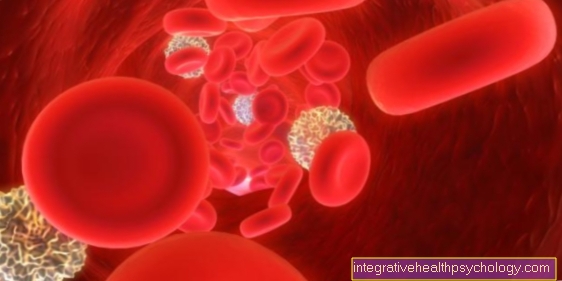

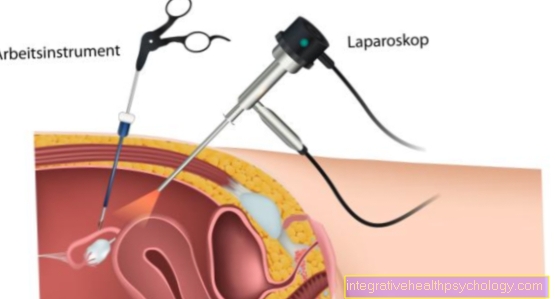










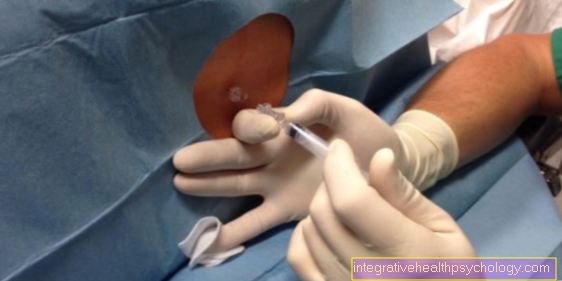



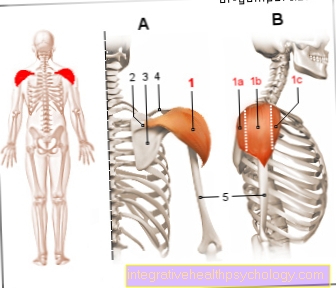


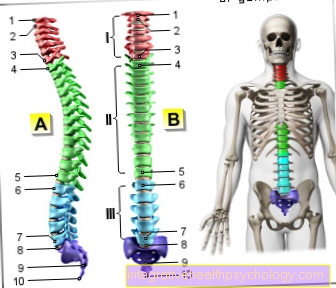





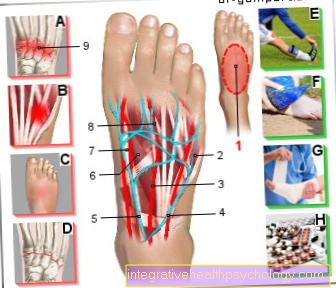
-und-lincosamine.jpg)